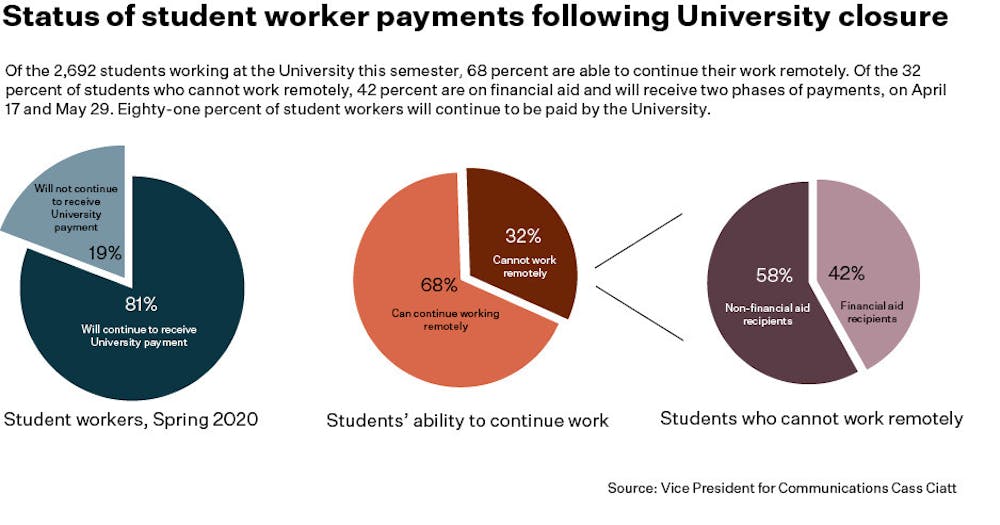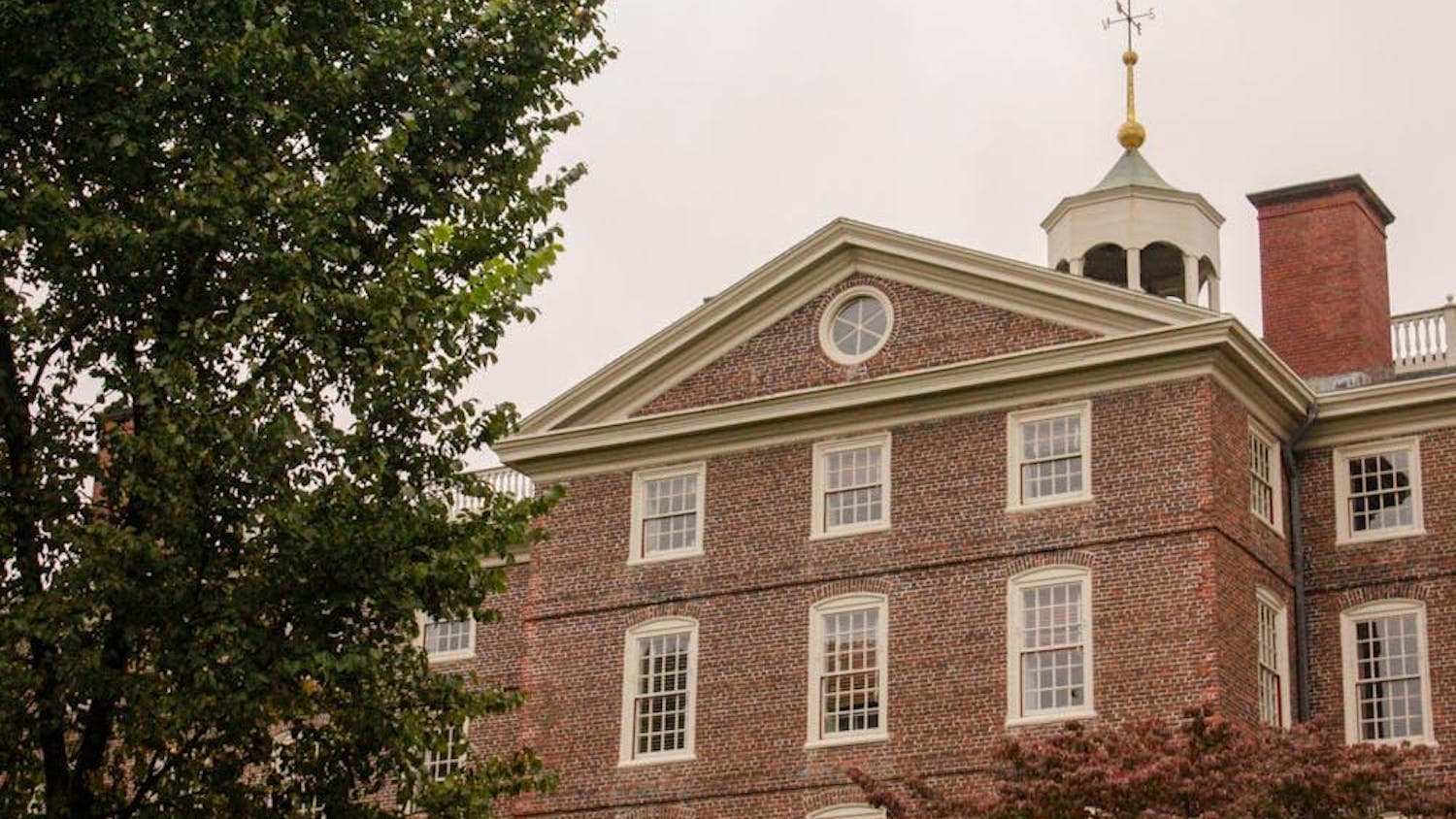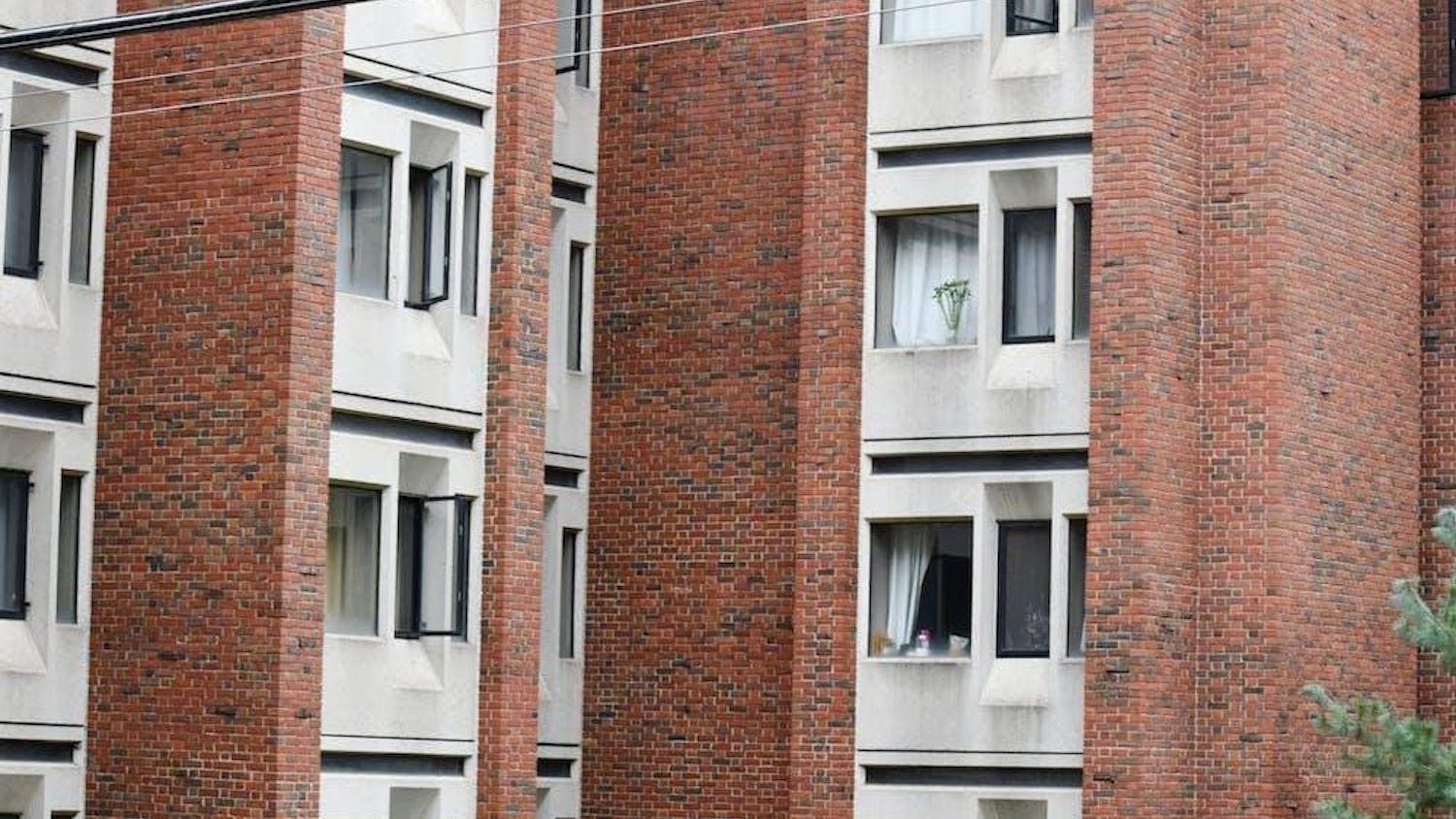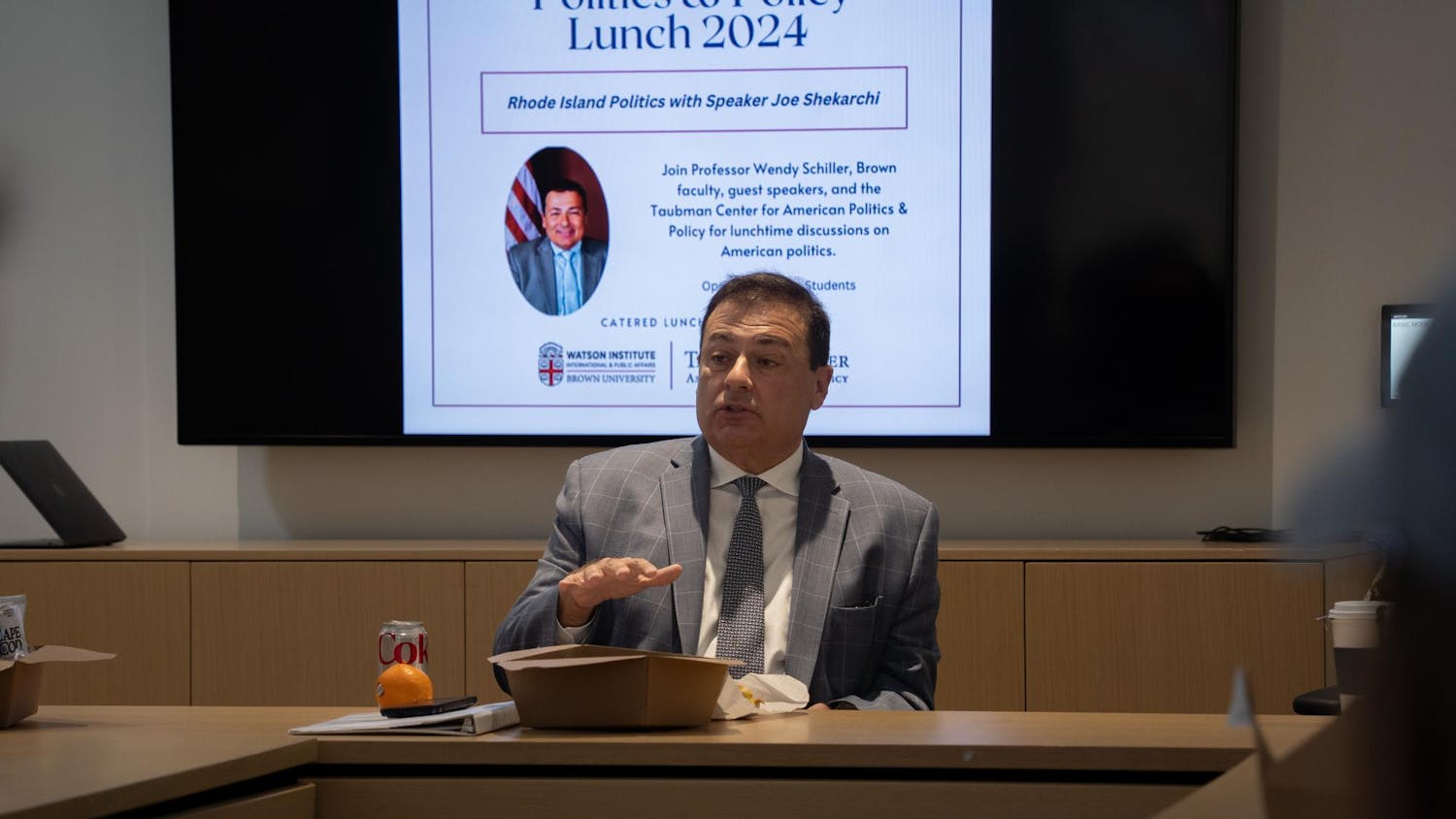The University will continue paying 81 percent of student workers as Brown transitions to remote learning, despite its recent announcement of $20 million in COVID-related expenses. Students will be paid either through normal paychecks or financial aid as of April 4, wrote Vice President for Communications Cass Cliatt in an email to The Herald.
University commitment to student workers
The University “is committed to paying students who work, and also providing funding for students who need their job income to meet basic needs but can’t work,” Cliatt wrote. “Financial aid status serves as the clearest measure of students who have a demonstrated reliance on campus-based employment income to meet basic needs.”
Of the 2,692 students working at the University this semester, 68 percent are able to continue their work remotely. Of the 32 percent of students who cannot work remotely, 42 percent are on financial aid and will receive two phases of payments, on April 17 and May 29, “based on the level they were being paid prior to (the University) moving to remote operations,” Cliatt wrote.
Any students who have campus or federal work study expectations who cannot continue to work remotely will still be paid “up to the full amount they were expected to earn as part of their work expectation for the semester,” Vice President for Human Resources Amanda Bailey and Executive Vice President for Finance and Administration Barbara Chernow wrote in a March 25 announcement to student workers. Work assignments for students who cannot continue remotely will end on April 4, Bailey and Chernow wrote in a March 20 announcement to student workers.
The University has already incurred $20 million in expenses from supporting students with travel and moving expenses, returning a percentage of fees for room and board, curtailing University programs and providing financial support to students, Cliatt wrote. “There is a great deal of uncertainty around how much higher (the financial losses) might climb,” she added.
Community advocacy efforts
The University’s decisions surrounding the payment of student workers, particularly the March 20 email announcing the April 4 termination of many student work assignments, has caused conversation among members of the Brown community, with both students and professors emailing the University to express their opinions on the matter.
Senior Lecturer in Molecular Microbiology and Immunology Rick Bungiro sent an email to the University, reviewed by The Herald, expressing his concerns about those students who will no longer be paid.
Bungiro questioned how much money the University is going to save by making this decision, and he said that he is concerned about those students in unique circumstances or those who might not qualify for financial aid because of one parent’s income but still need a campus job to support themselves.
“It would be easy to say, ‘All right well, they're giving money to … the students who are on financial aid, and that makes sense, and the kids who aren't on financial aid, well, they don't need it,’” Bungiro told The Herald. “I don't know if that's going to be true in every situation because every situation is unique … if these kids truly don't need (the money), why are they taking jobs?”
Lucy Shao ’22 also wrote an email to Bailey, Chernow, President Christina Paxson P’19 and The Herald to “strongly urge (the University) to commit to paying ALL student workers for the work that they would have performed in the current semester, regardless of whether their work could be performed remotely.”
“In such a time of uncertainty and turmoil, taking away the wages of these students will cause unneeded stress,” Shao wrote. The University’s COVID-19 Transition E-Gap Fund “will not apply to everyone who needs their wages,” so Shao asked the University to “help out our student workers by paying them for their work through the end of the semester.”
Megan Gura GS expressed that she was “sad to see a critical support being taken away from members of the Brown community,” in an email to the University and The Herald.
“Aren’t there enough rugs being pulled out from under us currently?” Gura wrote. “This is a time to be compassionate and support each other from afar.”
Shira Abramovich ’20.5, who works as both a teaching assistant and a barista at the Underground Coffee Co., emailed the University to draw attention to the effect that a reduction in work hours and hence pay will have on student workers, emphasizing how “a pay cut from the University on top of outside stressors could cause even greater harm to those already most impacted.”
Student workers respond to shifted responsibilities
“I will lose nearly half of my regular working hours as a result of the COVID-19 outbreak,” Abramovich said. “Many working students will lose a much larger percentage of their income,” Abramovich wrote.
Students’ income outside of their work at Brown will likely also be affected by the pandemic, leading Brown Dining Services worker Anna Brinkhuis ’23 to question whether her financial aid package will be adjusted. “It sucks not having a job and consistent income,” said Brinkhuis. “I'm on work study ... so not having a job for the rest of the semester and ... not being sure if I'll be able to work in my hometown this summer, means that I don't know if I'm going to be able to make enough money to meet my student contribution,” which the University calculates when adjusting financial aid packages.
The University decided to waive the summer earnings requirement for all students and is instead covering this amount with scholarship aid, according to an April 7 announcement from Provost Richard Locke P'18.
Additionally, Brinkhuis normally works at a restaurant in her hometown during the summer, but the COVID-19 pandemic has caused eateries around the United States to shut down operations. “I'm not gonna have a job as this continues into the summer ... that's something that's on my mind too … I was relying on getting to work a lot during the summer,” she added.
The transition to online learning has affected student workers differently depending on whether their supervisors could find a way to transition their responsibilities to an online format.
The computer science TA program was able to continue working remotely, as TAs will now hold section and office hours over Zoom.
“The staff has done a fantastic job of realizing that … (academics are) likely not (the students’) first priority” during the ongoing pandemic said Jordan Hartzell ’21, who works as both a TA for CSCI 0160: “Introduction to Algorithms and Data Structures” and a campus tour guide. The professors and head TAs have “done a really nice job of kind of scaling things back and making resources” available for students who need academic help.
In addition to cancelling the midterm and the final for CSCI 0160, the professor and TAs have been working to find the best system for holding classes.
“It's possible that we transition to a kind of pre-recorded … lecture situation (instead of live Zoom sections), so my hours might be decreased a little bit,” Hartzell said. “I still hold office hours where students can share their screen with me and I can keep up their code lives, so in general things haven't changed too much.”
Tour guides, who previously gave weekly tours to prospective and newly admitted students on campus through the Office of College Admission, are able to work as virtual tour guides and video chat with prospective students to answer questions, said Hartzell, who also worked as a tour guide on campus but decided not to continue remotely in order to focus on her work as a TA. Tour guides will now work through Wisr, a website that has both interactive chat rooms to interact with prospective students and give virtual tours, said tour guide Claire Brown ’22.
“It looks like we have almost 40 different people giving tours,” Brown said.
The University already had a pre-recorded virtual tour available on the website before the transition to remote operations, but now virtual tour guides will interact live with prospective and admitted students. The tour guides have “seemed pretty receptive to it so far,” Brown said.
“I was a bit disappointed (in the virtual option),” Hartzell said. “There should have been some other way besides just ... opting into this remote program which doesn't have the capacity or capability to support initially all the students who were previously working there.”

ADVERTISEMENT




